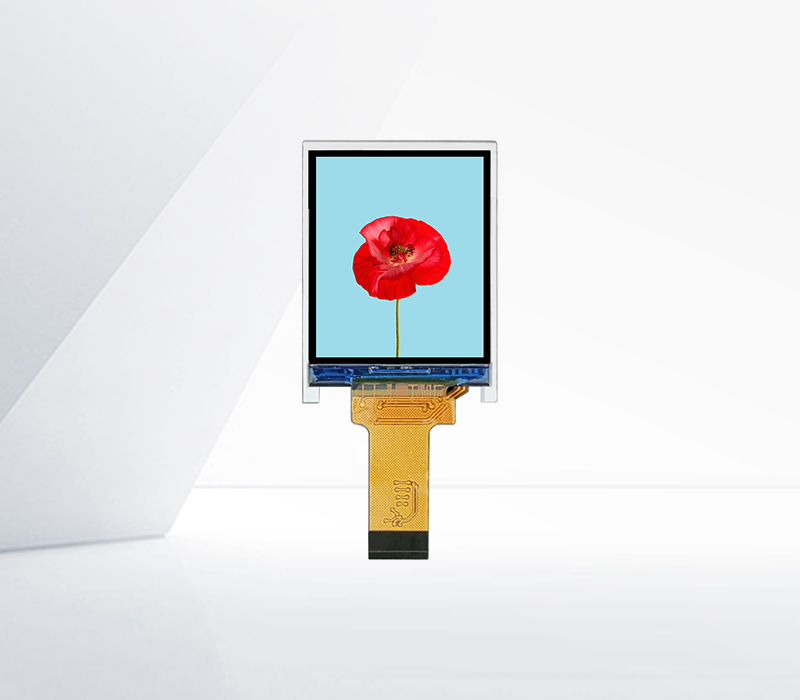




LCD (Liquid Crystal Display) and CRT (Cathode - Ray Tube) are two display technologies with a significant gap in their development and performance characteristics.
CRT technology was dominant for many years before the rise of LCD. CRTs work by firing electrons from an electron gun at the back of the tube towards a phosphor - coated screen. The electrons strike the phosphors, causing them to emit light and form images. In contrast, LCDs use liquid crystals to control the passage of light from a backlight source.
One of the most obvious differences is in size and weight. CRTs are large and heavy due to the bulky glass tube structure. They require a significant amount of space, both on a desk and in terms of the overall footprint of the device. LCDs, on the other hand, are much thinner and lighter. They can be easily mounted on walls or carried around in portable devices like laptops and tablets.
Power consumption is also a major differentiator. CRTs consume a large amount of power. The electron gun needs to be heated to a high temperature to emit electrons, and the high - voltage circuitry required to accelerate the electrons also contributes to high power usage. LCDs, especially modern ones with energy - efficient backlights, consume significantly less power. This not only makes them more environmentally friendly but also more cost - effective to operate.
Image quality has also evolved. CRTs were known for their excellent color reproduction and high contrast ratios. However, they suffered from issues like screen burn - in, where static images left on the screen for long periods could cause permanent discoloration. LCDs have made great strides in color accuracy and contrast, and modern high - end LCD panels can offer very good image quality. Additionally, LCDs have a faster response time in modern iterations, reducing motion blur, which was a common problem in early LCDs compared to CRTs. In conclusion, LCDs have largely replaced CRTs in most consumer and commercial applications due to their advantages in size, weight, power consumption, and image quality improvements.
